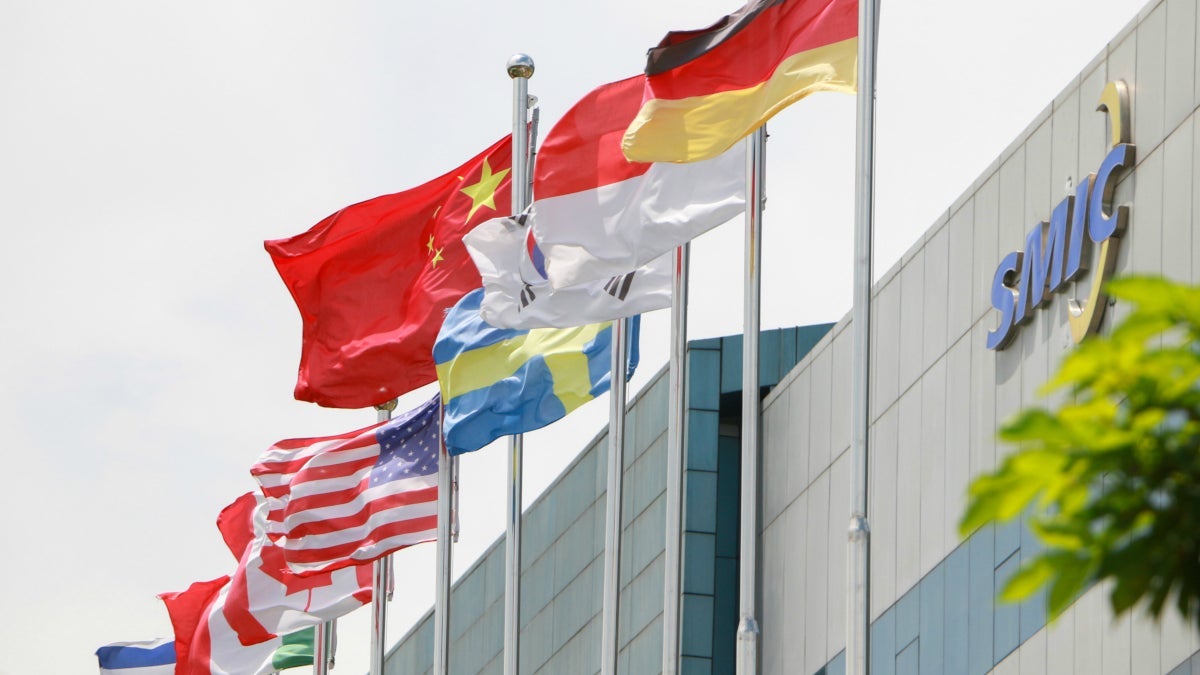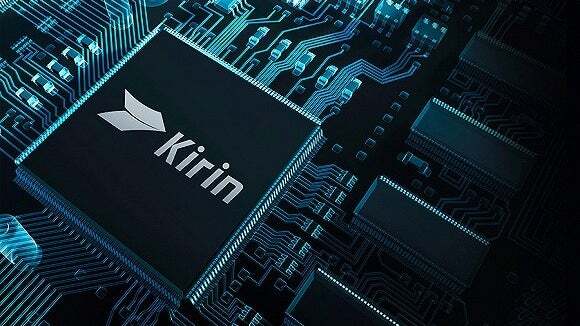Huawei Mate 70 line could surprise with energy efficient 5nm Kirin chipset

SMIC is China's largest foundry and is also the third largest foundry worldwide after TSMC and Samsung Foundry. SMIC's production of Huawei's Kirin 9000s application processor last year using its 7nm process node allowed Huawei to sell a flagship phone with 5G support for the first time since 2020. Thanks to U.S. sanctions and the Dutch government, SMIC is not allowed to purchase a cutting-edge extreme ultraviolet (EUV) lithography machine which is made by only one company in the world, Dutch firm ASML.
The EUV machine, about the size of a school bus, can etch circuitry patterns onto silicon wafers thin enough to accommodate the billions of transistors that drive today's powerful chipsets manufactured using 7nm, 5nm, 3nm, and 2nm process nodes. Since SMIC can't obtain an EUV machine, it must use an older Deep Ultraviolet (DUV) lithography machine which SMIC employed to build the Kirin 9000s and 9010, both using a 7nm node. Even with SMIC's N+2 process helping to improve transistor density on the Kirin 9000s and Kirin 9010, both chips lag behind the latest APs from Apple, Qualcomm, and MediaTek.
There has been talk about SMIC using its DUV lithography machine to build a 5nm chip for Huawei's upcoming Mate 70 flagship line. This would bring the Chinese manufacturer a little closer to the 3nm chips from TSMC and Samsung Foundry that will be powering flagships later this year and next year. But this is not going to be an easy (or cost-effective) task. Earlier reports said that using DUV to build a 5nm chipset will force SMIC's 5nm wafers to cost 50% more than TSMC's 5nm wafers. TSMC, the world's largest foundry, has the advantage of using an EUV lithography machine.

The chipset expected to power the Mate 70 series could be the Kirin 9100 application processor. | Image credit-Huawei
Unless SMIC is somehow able to reduce yields, Huawei is not going to want to pay what SMIC wants to manufacture 5nm Kirin chips. As a result, the latest rumors call for the next Kirin AP, to be used to power the Mate 70 line, to join the Kirin 9000s and Kirin 9010 as 7nm components. But SMIC could use its N+3 technology allowing the upcoming chipset to have a higher transistor density than the Kirin 9010 used on the Huawei Pura 70 series. That means the transistor count can be higher allowing the next Kirin chip (possibly named the Kirin 9100) to be more powerful and energy efficient than the Kirin 9000s and Kirin 9010 even if SMIC keeps production at 7nm.

SMIC's 5nm production delivers better energy-efficiency than expected. | Image credit-Wccf tech
On Weibo, leaker Digital Chat Station said that the energy performance of SMIC's 5nm process node is much better than expected. That news means that SMIC might continue working to manufacture 5nm chips using DUV lithography hoping to improve its yield enough to keep pricing down. Even if it can't, the use of its N+3 technology will probably still allow Huawei to use an improved application processor for the Mate 70 series.
Follow us on Google News


![Some T-Mobile users might be paying more starting in March [UPDATED]](https://m-cdn.phonearena.com/images/article/176781-wide-two_350/Some-T-Mobile-users-might-be-paying-more-starting-in-March-UPDATED.webp)











Things that are NOT allowed:
To help keep our community safe and free from spam, we apply temporary limits to newly created accounts: